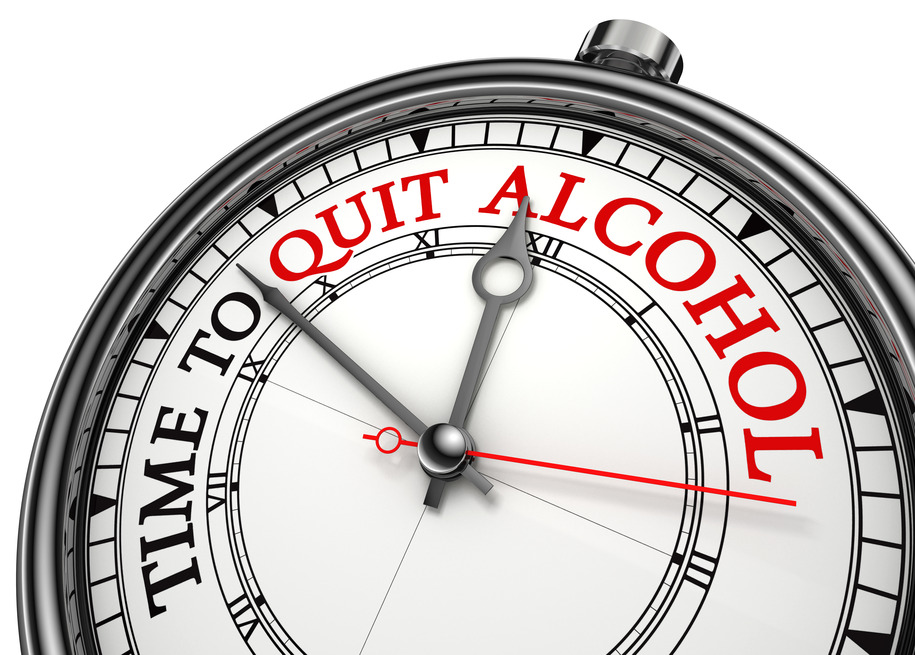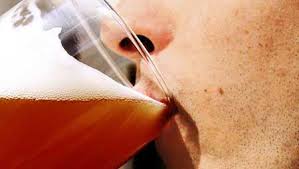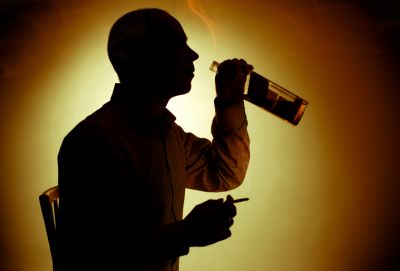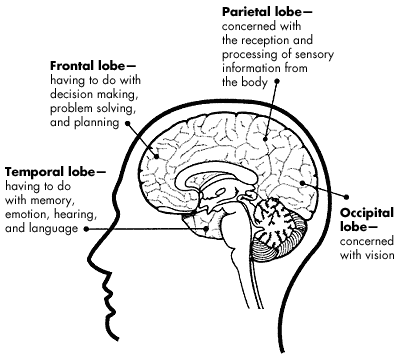Understanding alcohol metabolism stability

Understanding alcohol metabolism stability with a view of taking timely action
Understanding alcohol metabolism stability: Why alcohol has a steady state metabolism rather than a half life
For us to get the facts right in understanding alcohol metabolism stability, we need to address the substance wholesomely. That is to say, when a drug like valium is broken down by the human body the resultant metabolites are harmless. It is for this reason that drugs like valium are broken down as quickly as the body can process them–and hence they have a half-life. The half-life of valium is 35 hours on the average. This means that if you take a 10 mg dose of valium, then 35 hours later half of it will have been metabolized and only 5 mg will remain. In another 35 hours half of this will be metabolized and only 2.5 mg will remain and so on explains doctor Dalal Akoury MD, President and founder of AWAREmed health and wellness resource center. When we plot the metabolism of valium on a graph we get an exponential curve–in other words–drugs which have a half-life have an exponential rate of decay. Chemists refer to this as a First Order Reaction.
When it comes to alcohol, it is all a different reaction. That is because alcohol shows a steady state metabolism not an exponential metabolism. The body of the average human metabolizes around 13 ml of alcohol per hour regardless. When we plot the metabolism of alcohol on a graph we get a straight line–in other words the rate of decay of alcohol is linear. Chemists refer to this as a Zero Order Reaction. The reason why alcohol has a steady state metabolism rather than a half-life metabolism is because the primary decay product of alcohol metabolism–acetaldehyde–is poisonous. The body must eliminate the acetaldehyde produced by the breakdown of alcohol before any more alcohol can be processed in order to avoid acetaldehyde poisoning. This slows down the rate of alcohol metabolism to a Zero Order Reaction rather than a First Order Reaction.
Understanding alcohol metabolism stability: Why do humans have a way to break down alcohol?
Practically every animal from the fruit fly to the elephant has a way to break down ethyl alcohol because ethyl alcohol is found everywhere by nature. Every time you eat a piece of fresh fruit, drink a glass of fresh orange juice, or have a slice of freshly baked bread, chances are that you are getting trace amounts of alcohol along with it. It is not uncommon to see intoxicated birds which have eaten fermented fruit. Monkeys are known to seek out fermented fruit for the intoxicating effect and Indian elephants have been known to break into breweries or wineries to drink up what is stored there.
Not only are we constantly ingesting alcohol along with the food we eat, our own bodies produce alcohol as a part of the digestive process. Our digestive tracts contain millions of micro-organisms which are necessary for us to properly digest our food. Among these micro-organisms are yeasts which produce alcohol from sugars within our own bodies.
With alcohol so omnipresent in nature it is necessary that animals have a way to break alcohol down, otherwise it would just accumulate in the body and no animal could function properly because the animals would always be constantly intoxicated. Other alcohols such as methyl alcohol (wood alcohol) and isopropyl alcohol (rubbing alcohol) do not normally occur in nature. This is why we do not have a mechanism to break them down and why they are poisonous. That then explains why we all need help to have a free state of mind in dealing with alcohol addiction. Doctor Akoury and her team of experts will be very helpful should you schedule an appointment with them now.
Understanding alcohol metabolism stability: Why alcohol has a steady state metabolism rather than a half life
http://regenerativepotential.com/wp-admin








